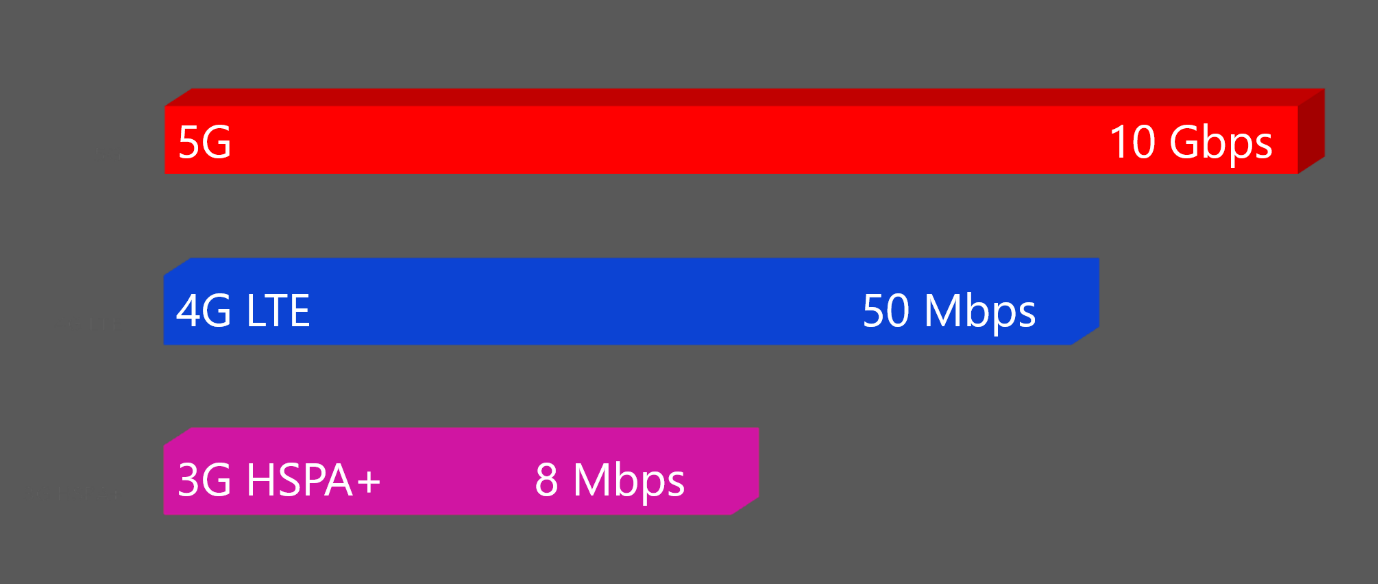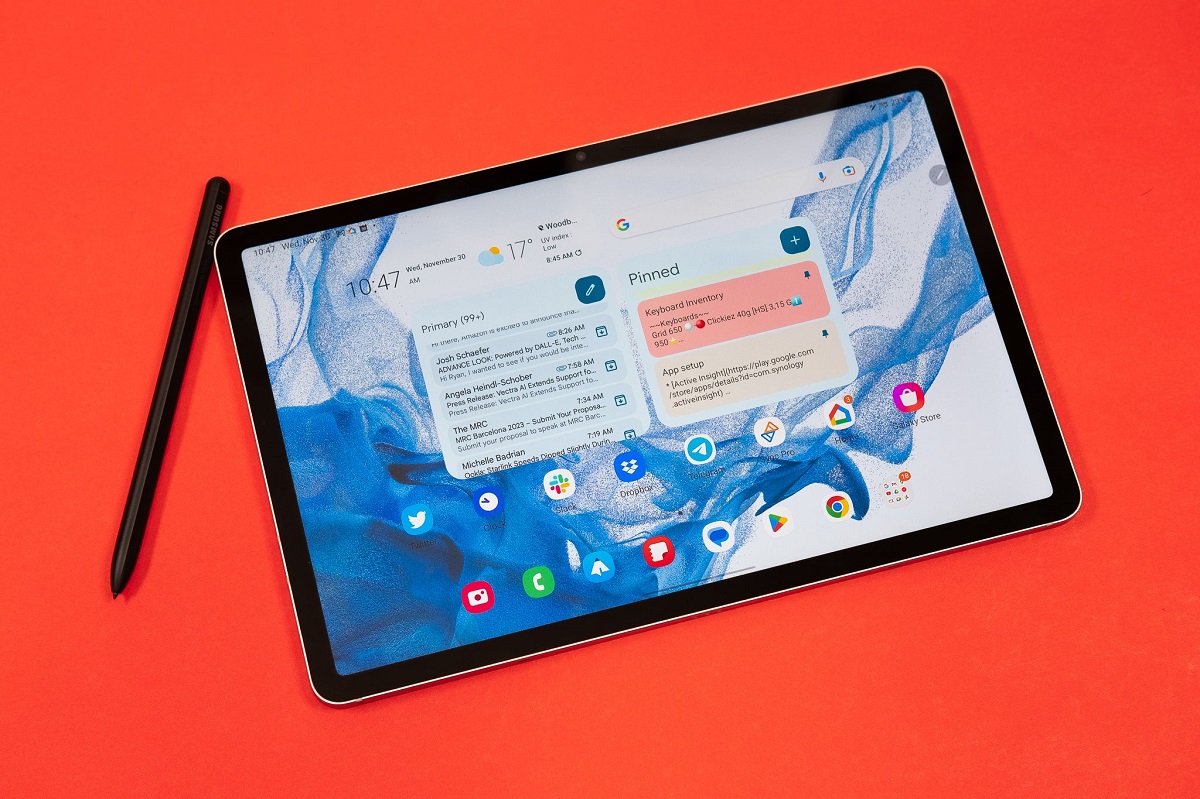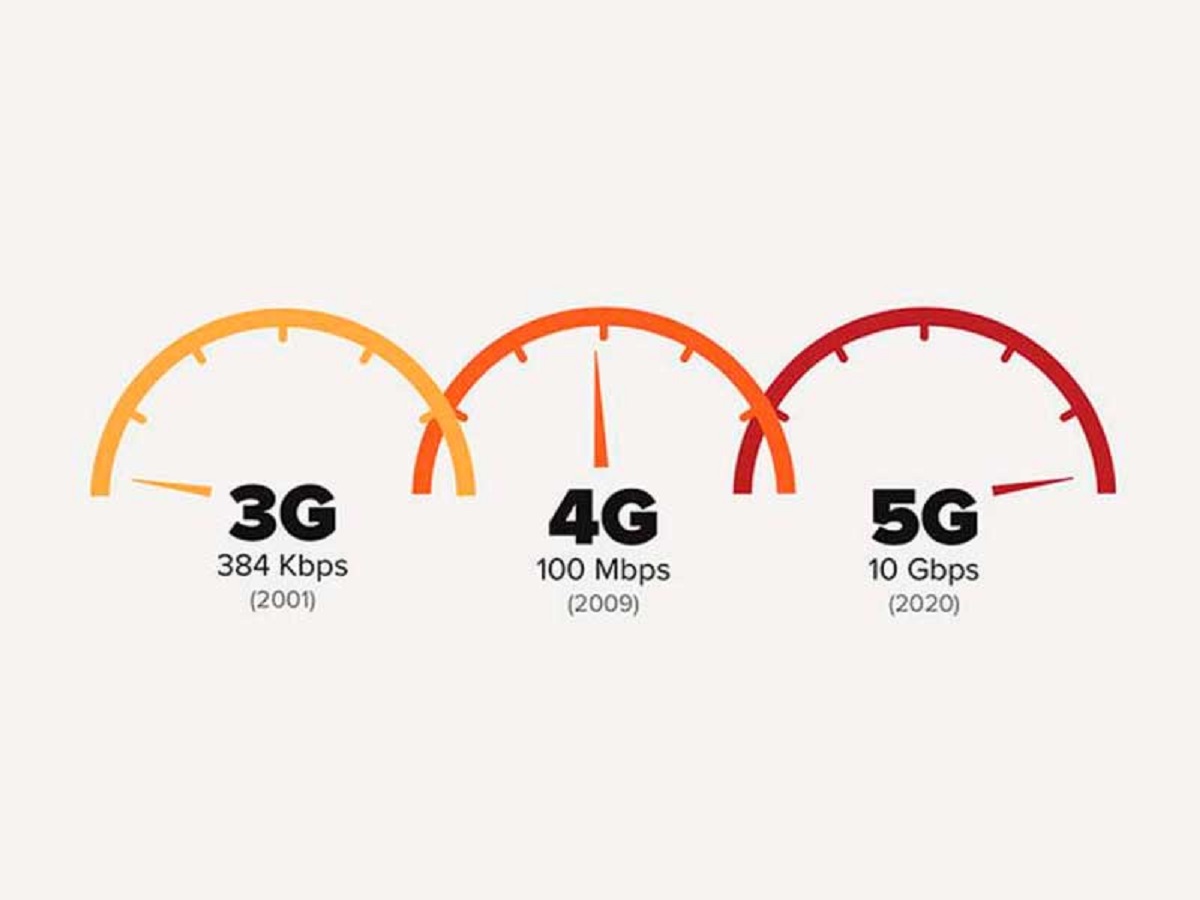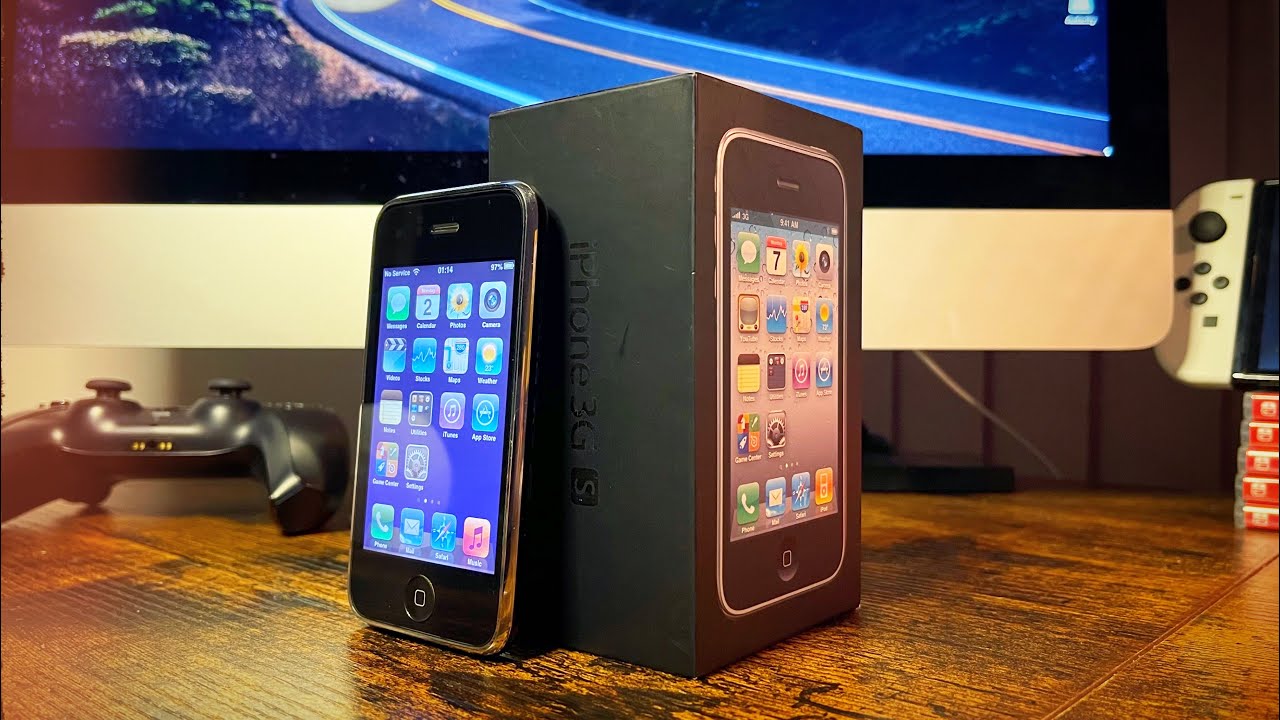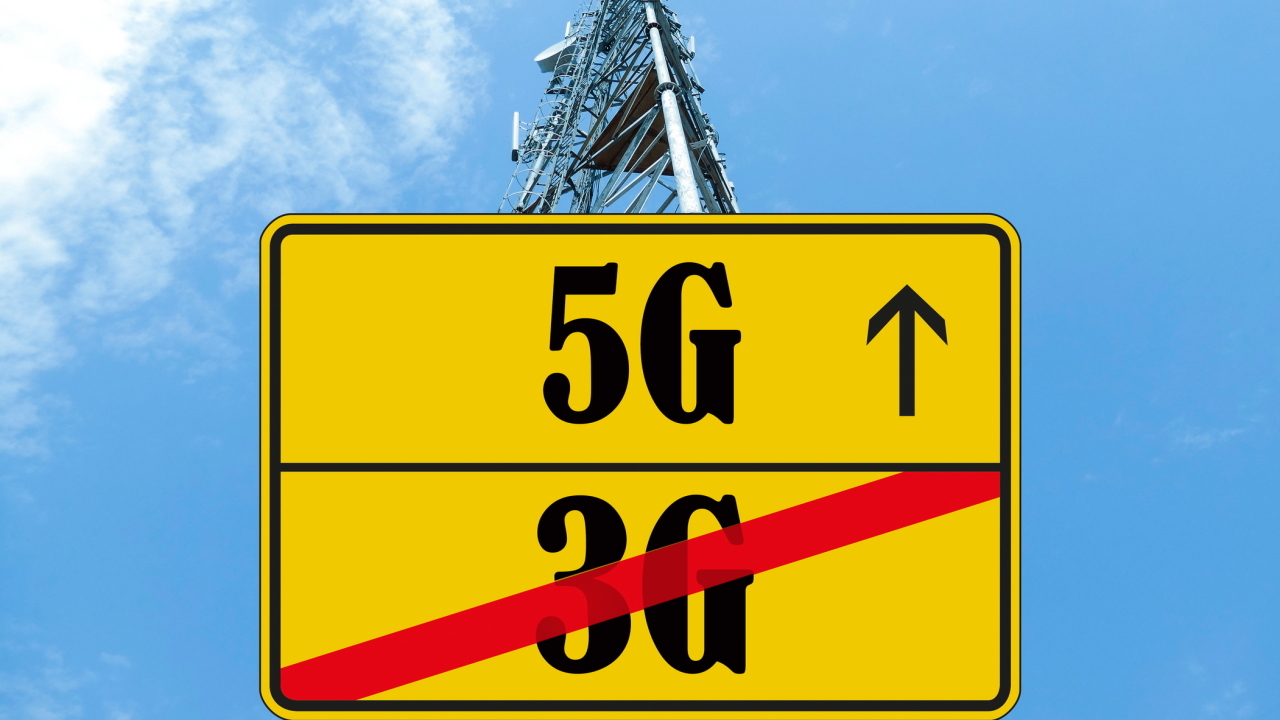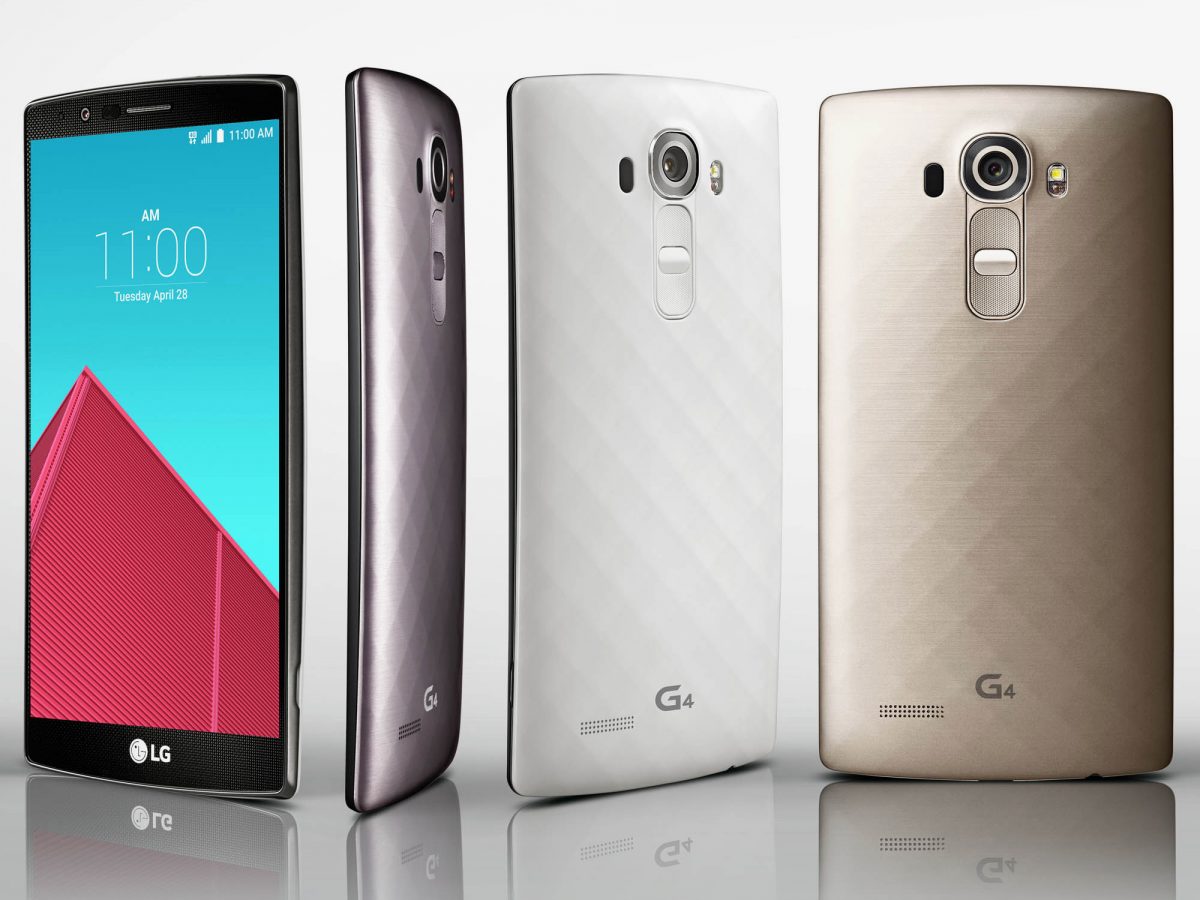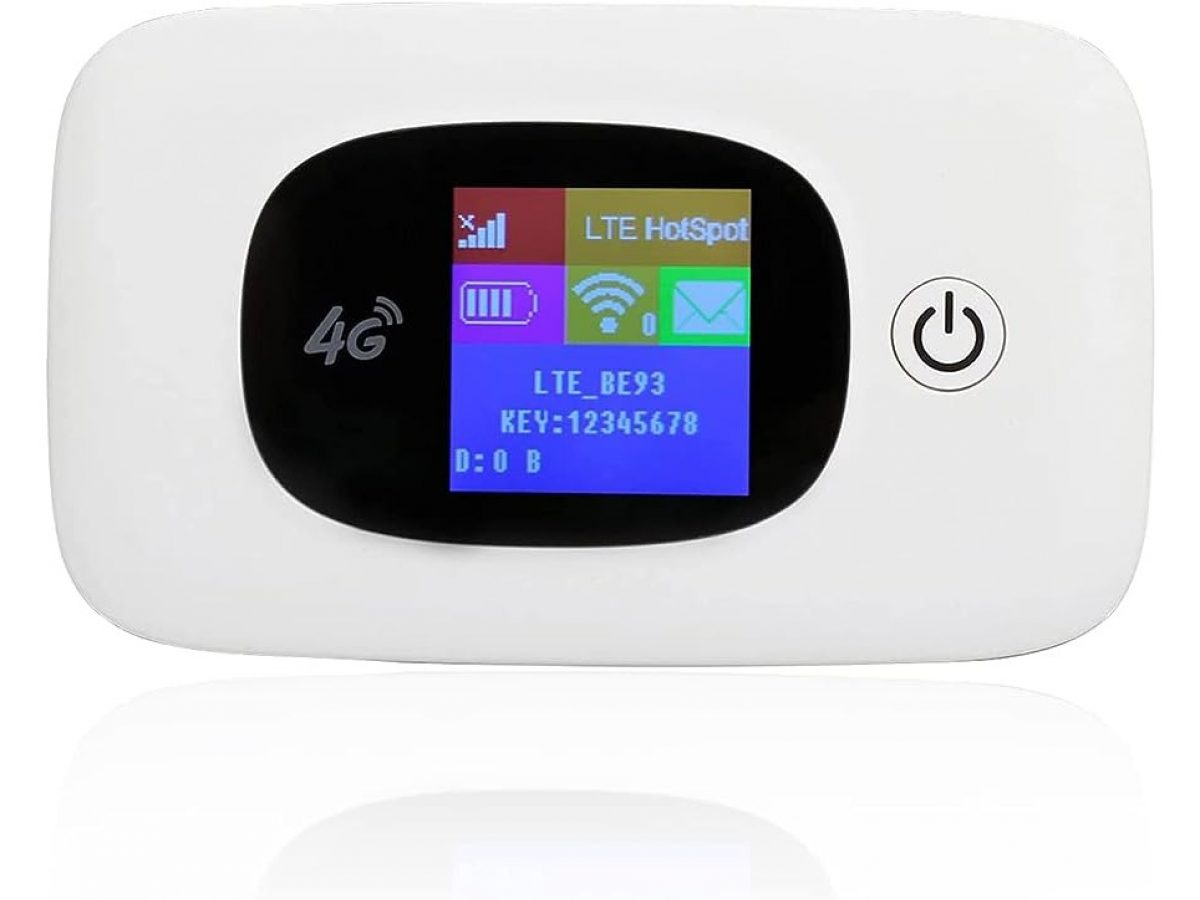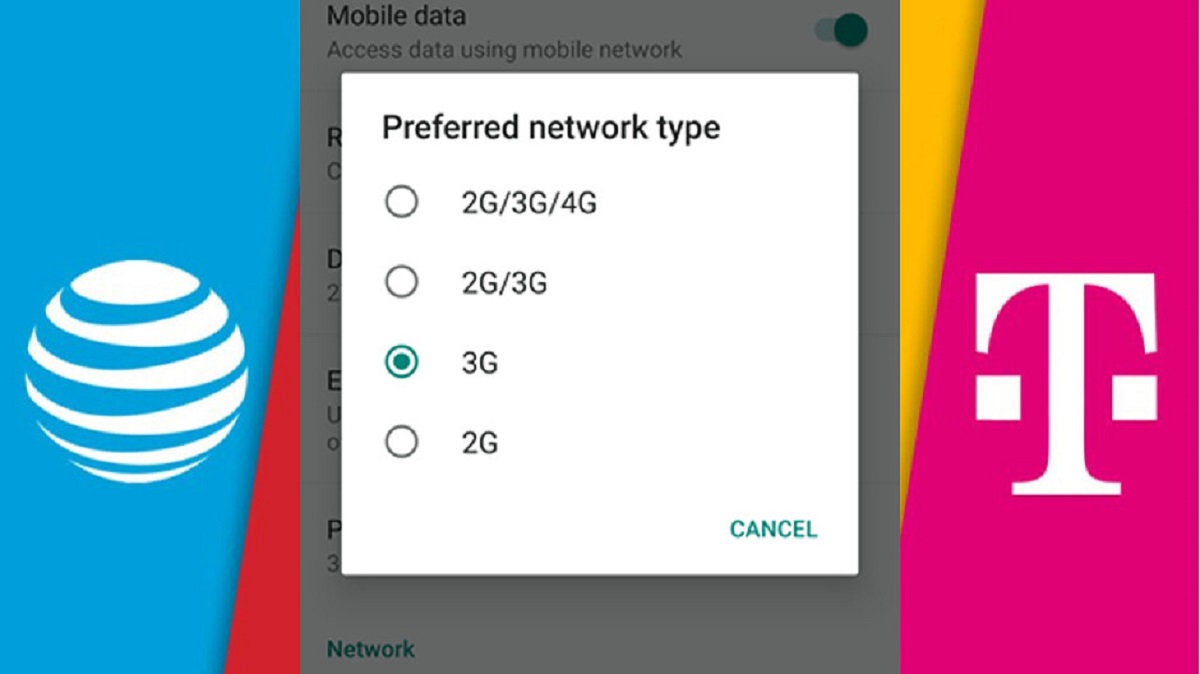What is 3G?
3G, or third generation, refers to the third iteration of mobile network technology, following the earlier 2G networks. It was a significant advancement that brought improved data transfer speeds and expanded capabilities to mobile devices.
Unlike its predecessors, which primarily focused on voice calls and text messaging, 3G introduced faster internet connectivity, allowing users to access a wide range of online services on their smartphones, tablets, and other mobile devices. This technology revolutionized the way people communicate and consume content on the go.
3G networks operate on various frequencies, including the globally used bands of around 850 MHz, 900 MHz, 1800 MHz, and 1900 MHz. These frequencies enable wider coverage and better penetration through buildings compared to higher frequencies used in later generations, such as 4G and 5G.
One of the key features of 3G technology is its ability to provide faster data transfer speeds than its predecessor, 2G. While 2G networks typically offered data speeds of up to 50-100 kilobits per second (Kbps), 3G networks significantly improved upon this, providing speeds ranging from 384 Kbps to a few megabits per second (Mbps) under ideal conditions.
With 3G, users gained access to a range of services that were previously not feasible on slower networks. They could now stream music and videos, browse the internet, send and receive emails, participate in video calls, and utilize various other data-intensive applications on their mobile devices.
Moreover, 3G technology paved the way for the development and widespread adoption of various internet-dependent services, such as mobile banking, online gaming, social media platforms, and app stores. These advancements in connectivity opened up new possibilities and transformed mobile devices into powerful tools for communication, entertainment, and productivity.
Overall, 3G networks played a pivotal role in revolutionizing the mobile communications industry and laying the foundation for the more advanced technologies that followed. While newer generations of mobile networks have now emerged, 3G continues to be widely used in many parts of the world, bridging the gap between legacy systems and newer technologies.
How fast are 3G speeds?
3G speeds can vary depending on several factors, including network congestion, signal strength, and the capabilities of the device being used. On average, 3G networks offer speeds ranging from 384 kilobits per second (Kbps) to a few megabits per second (Mbps).
It’s important to note that these speeds are theoretical maximums and are rarely achieved in real-world scenarios. In reality, 3G speeds can be significantly lower due to various limitations and external factors.
Furthermore, different providers may offer varying levels of speed and coverage. Some providers might have faster 3G networks, while others may have more limited coverage or slower speeds.
While 3G speeds may not be as fast as newer technologies like 4G and 5G, they are still sufficient for most basic internet activities such as web browsing, email, and social media. However, streaming high-definition video or downloading large files may be slower and more challenging on a 3G network.
It’s worth mentioning that 3G speeds can also be impacted by network congestion. During peak usage times, when many users are simultaneously accessing the network, speeds may slow down as the available bandwidth is shared among a larger number of users. This is why you may experience slower speeds during crowded events or in densely populated areas.
Moreover, signal strength plays a crucial role in determining 3G speeds. Weak or fluctuating signals can result in decreased speeds or even dropped connections. Factors such as distance from the cell tower, obstacles like buildings or trees, and interference from other electronic devices can all affect signal strength.
Overall, while 3G speeds may not be as fast as newer technologies, they still offer a reliable and functional mobile internet experience for everyday tasks. However, as network providers continue to expand and upgrade their infrastructure, transitioning to faster networks like 4G or 5G may be a worthwhile investment for those seeking enhanced speed and performance.
Factors that affect 3G speeds
Several factors can impact the speed and performance of 3G networks. Understanding these factors can help users manage their expectations and troubleshoot any issues they may encounter. Here are some key factors that affect 3G speeds:
- Network Congestion: The number of users connected to a 3G network at a given time can affect speeds. During peak usage periods, when many people are accessing data simultaneously, the available bandwidth is shared among users, resulting in slower speeds.
- Signal Strength: The strength of the signal between the mobile device and the cell tower is crucial for optimal 3G speeds. Weak or fluctuating signals can result in slower speeds or even dropped connections. Factors like distance from the tower, obstacles such as buildings or terrain, and interference from other electronic devices can all impact signal strength.
- Device Capability: The capabilities of the device being used can also affect 3G speeds. Older devices may not be able to fully utilize the available bandwidth or may have slower processing speeds, limiting the overall speed experienced by the user.
- Bandwidth Allocation: Network providers allocate bandwidth to different services and applications. Some providers may prioritize certain data types, such as voice calls or text messages, over data usage. This allocation of bandwidth can impact the speed and responsiveness of internet-related activities on 3G networks.
- Network Coverage: The coverage area of a 3G network can vary, with some areas having better coverage than others. Users in areas with weaker coverage may experience slower speeds or even difficulty connecting to the network.
- Interference: Various sources of interference, such as electronic devices or physical obstacles, can disrupt or weaken the 3G signal, resulting in slower speeds. Avoiding areas with high interference and keeping the device away from other electronic devices can help mitigate this issue.
It’s important to note that while these factors can impact 3G speeds, they are not exclusive to 3G networks. Many of these considerations apply to other mobile network technologies as well.
Understanding these factors and taking appropriate measures, such as improving signal strength by moving to a location with better reception or upgrading to a newer device, can help users optimize their 3G speeds and enhance their overall mobile internet experience.
Real-world examples of 3G speeds
The actual speeds experienced on a 3G network can vary based on several factors, including network conditions, device capabilities, and the specific location. While the theoretical maximum speed of 3G networks may range from 384 kilobits per second (Kbps) to a few megabits per second (Mbps), real-world speeds often fall below these numbers.
Here are some examples of average 3G speeds in typical usage scenarios:
- Web Browsing: When it comes to web browsing, 3G speeds are generally sufficient to load websites and access basic content. On average, a simple webpage with minimal visuals and text can load in around 3 to 10 seconds on a 3G network.
- Email: Sending and receiving emails with multimedia attachments, such as images or documents, on a 3G network is relatively smooth. It may take a few seconds to a minute to upload or download attachments, depending on their file size.
- Video Streaming: Streaming videos on a 3G network may be feasible but may face limitations due to slower speeds. Video quality may be lower, and buffering times can be longer. Streaming standard-definition video content is more manageable, although uninterrupted streaming of high-definition videos may be challenging.
- Downloading Apps: Downloading apps from app stores on a 3G network can take longer compared to faster networks. The time it takes to download apps will depend on their size. Smaller apps (under 10 MB) may take a few seconds, while larger apps (over 100 MB) can take several minutes to download.
- Video Calls: Making video calls on a 3G network is possible, but the quality may be lower compared to faster networks. The video feed may be grainy or lag, and audio quality may not be as clear. It’s common to experience delays and occasional disconnections during video calls on 3G.
It’s important to note that these are average examples, and speeds may vary based on the specific circumstances and network conditions. Additionally, different 3G networks and providers may offer slightly different speeds and performance levels.
While 3G speeds may be slower compared to newer generations like 4G and 5G, 3G networks still provide a functional mobile internet experience for everyday web browsing, email communication, and moderate data usage. However, data-intensive activities like streaming high-definition videos or downloading large files may be more challenging and time-consuming on a 3G network.
How 3G compares to other mobile network technologies
As technology continues to evolve, newer generations of mobile network technologies, such as 4G and 5G, have emerged, offering faster speeds and improved capabilities compared to 3G. Let’s explore how 3G compares to these newer mobile network technologies.
1. Speed: One of the primary differences between 3G and newer generations is the speed. While 3G networks offer average speeds ranging from 384 kilobits per second (Kbps) to a few megabits per second (Mbps), 4G networks can provide speeds of tens to hundreds of Mbps, and 5G networks can potentially reach speeds of gigabits per second (Gbps). This means that 4G and 5G networks allow for faster downloads, smoother streaming, and quicker response times compared to 3G.
2. Latency: Latency refers to the time it takes for data to travel from one point to another and is crucial for real-time applications. 3G networks typically have higher latency compared to 4G and 5G networks. Lower latency in newer generations allows for reduced delays in activities such as online gaming, video conferencing, and real-time collaboration.
3. Capacity: With the increasing demand for data-intensive applications, network capacity has become crucial. 3G networks have limited capacity compared to 4G and 5G networks, which can handle a much larger number of simultaneous connections and data traffic. This increased capacity enables more users to access the network without experiencing significant degradation in speeds.
4. Reliability: While 3G networks have been reliable for basic internet access, newer generations have made significant improvements in network reliability. 4G and 5G networks are designed to be more resilient to interference and congestion, resulting in a more stable and consistent connection, even during peak usage periods or in densely populated areas.
5. Coverage: In terms of coverage, 3G networks have a broader reach compared to 4G and 5G networks. Due to their lower frequency bands, 3G signals can penetrate buildings and reach remote areas more effectively. 4G and 5G networks, with higher frequency bands, provide faster speeds but are limited in terms of coverage, often requiring more cell towers and infrastructure for widespread availability.
6. Cost-effectiveness: As newer generations of mobile networks continue to evolve, 3G networks have become more cost-effective, making them an affordable option for users who prioritize basic internet access and are not heavily dependent on high-speed data transfers or low-latency applications.
While 3G networks have served as a stepping stone in the evolution of mobile network technologies, the faster speeds, lower latency, increased capacity, and enhanced reliability of 4G and 5G networks have made them more suitable for data-intensive activities and emerging technologies like IoT (Internet of Things) and autonomous vehicles.
As the industry transitions towards 4G and 5G networks, 3G technology will gradually phase out, and network providers will allocate more resources to the development and optimization of newer generations. However, it’s worth noting that in some areas, 3G networks continue to be prevalent, bridging the gap between legacy systems and the advanced mobile networks of today.
Is 3G still relevant in today’s world?
While newer generations of mobile network technologies, such as 4G and 5G, have gained widespread popularity and offer faster speeds and additional features, 3G still holds relevance in certain contexts and regions. Let’s explore the reasons why 3G remains relevant in today’s world.
1. Legacy Support: Many devices, particularly older models, still rely on 3G connectivity. This includes feature phones, older smartphones, and various IoT (Internet of Things) devices. These devices may not be compatible with higher generations of mobile networks, making 3G a necessity for their continued use.
2. Broader Coverage: 3G networks generally have wider coverage compared to 4G and 5G networks. The lower frequency bands utilized by 3G allow for better penetration of buildings and reach in remote or rural areas where higher generations of networks may not be accessible. In regions with limited infrastructure, 3G networks continue to provide essential connectivity.
3. Cost-effectiveness: In many parts of the world, where the deployment of 4G and 5G infrastructure is limited or expensive, 3G remains a cost-effective and reliable option for basic mobile internet access. This is particularly beneficial in developing countries or areas with limited resources.
4. Basic Internet Needs: For users who primarily use their devices for basic internet activities such as web browsing, email, and social media, 3G speeds are still sufficient. Streaming videos or downloading large files may be slower and more challenging, but for routine tasks, 3G offers an acceptable level of connectivity.
5. Transitionary Network: 3G networks act as a bridge between older 2G networks and more advanced 4G and 5G networks. They provide a gradual transition for users and network providers, allowing for a smoother migration to newer technologies without immediately rendering older devices and infrastructure obsolete.
6. Backup and Redundancy: In situations where 4G or 5G networks experience outages or congestion, 3G networks can serve as a backup, providing continued connectivity. This redundancy ensures uninterrupted communication and access to essential services in times of network disruptions.
While newer generations of mobile networks offer superior speeds, lower latency, and greater capacity, it is important to consider that 3G networks still hold relevance in certain scenarios. As network providers continue to invest in the development and optimization of faster networks, 3G may gradually phase out in favor of more advanced technologies. However, in many parts of the world, 3G remains an essential and reliable option for accessing basic mobile internet services.
Tips for maximizing 3G speeds
While 3G speeds may not match the performance of faster network technologies, there are several tips you can follow to optimize and maximize the speeds you experience on a 3G network. These tips can help enhance your browsing experience and ensure you get the most out of your 3G connection:
- Minimize Background Apps: Close or disable any unnecessary background applications and processes on your device. These apps consume data and processing power, which can slow down your 3G connection.
- Limit Streaming and Downloads: Avoid streaming high-definition videos or downloading large files on a 3G connection, as these activities can significantly impact speeds. Opt for lower quality streaming options or download content when connected to a Wi-Fi network instead.
- Clear Cache and Cookies: Regularly clear your browser cache and cookies to improve browsing speed. This frees up storage space on your device and helps load webpages faster on your 3G network.
- Optimize Web Content: Enable “Data Saver” or “Lite Mode” options in your browser settings, whenever available. These features optimize web content by compressing images and reducing data usage, resulting in faster loading times on a 3G network.
- Disable Automatic Updates: Turn off automatic updates for apps, operating systems, and firmware when using a 3G connection. These updates can consume a significant amount of data and slow down your internet speed. Instead, opt to manually update when connected to Wi-Fi.
- Improve Signal Strength: Position yourself closer to the cell tower or in an area with better signal reception to boost your 3G speeds. Avoid obstructions like buildings and use signal boosters or extenders if necessary.
- Use a Reputable Network Provider: Opt for a reliable and reputable network provider known for consistent network performance. Each network provider may have variations in coverage and speeds, so check user reviews and coverage maps before choosing a provider.
- Upgrade Device Firmware: Ensure that your device’s firmware is up to date. Manufacturers often release firmware updates that optimize network connectivity and improve overall performance.
- Monitor Data Usage: Keep track of your data usage to prevent exceeding your plan’s limit. Some network providers may slow down speeds or charge additional fees for exceeding data caps.
- Opt for Native Apps: When using data-intensive apps, prefer using native apps instead of web-based versions. Native apps are designed to be more efficient and optimized for mobile devices, resulting in better performance on 3G networks.
- Consider Wi-Fi Usage: Whenever possible, connect to a trusted Wi-Fi network for data-intensive tasks like streaming or downloading large files. This helps to offload the data usage from your 3G connection and provides faster speeds.
By following these tips, you can improve your 3G speeds and enjoy a smoother and more efficient browsing experience on your mobile device.
Conclusion
In today’s rapidly evolving world of mobile connectivity, 3G networks continue to play a significant role, albeit with limitations compared to newer generations of mobile network technologies. While 3G may not offer the same level of speed or features as 4G and 5G networks, it still remains relevant in certain contexts and regions.
3G networks provide reliable and cost-effective internet access for basic web browsing, email communication, and moderate data usage. They are particularly valuable in areas with limited infrastructure, offering wider coverage and better penetration into buildings.
However, as technology advances, network providers are increasingly investing in newer generations of networks like 4G and 5G, which offer faster speeds, lower latency, increased capacity, and improved reliability. These advanced networks are essential for data-intensive applications, emerging technologies, and the growing demand for faster and more seamless connectivity.
It is important to recognize that the gradual transition to newer technologies does not render 3G networks obsolete overnight. They continue to serve as a transitionary network, supporting legacy devices and providing essential connectivity in regions where infrastructure limitations or cost constraints may hinder widespread adoption of newer technologies.
As consumers, understanding the strengths and limitations of 3G networks is crucial for maximizing their potential. By following tips to optimize 3G speeds, minimizing data-hungry activities, and considering Wi-Fi usage when available, users can enhance their overall mobile internet experience on 3G networks.
While the future of mobile connectivity lies in 4G and 5G networks, 3G networks will continue to provide essential connectivity for the foreseeable future, bridging the gap between legacy systems and advanced mobile technologies.







